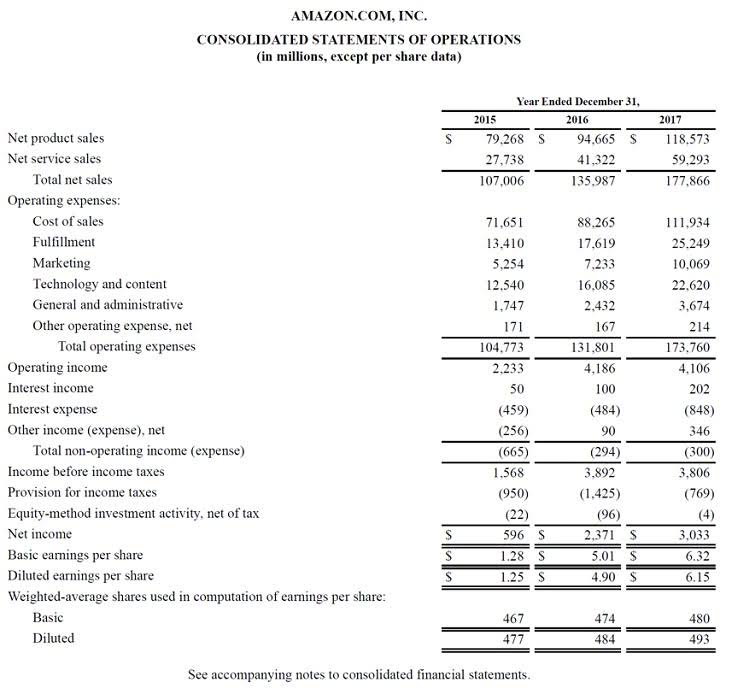Conversion Costs: Definition, Formula, and Example

Are you navigating the intricate world of business expenses and wondering if advertising falls under fixed costs? Curious about how many backlinks a site needs to rank higher on search engines? Backlinks are like gold nuggets in the world of SEO, but it’s not just about quantity. Restaurant petty cash Marketing Agency The restaurant industry is a bustling hub of creativity and flavor, but standing out can be challenging.
The size of the Google My Business post image

SEM Headline Crafting the perfect SEM headline is more than just a few well-placed words. It’s your first impression, your golden opportunity to grab attention in an ever-crowded digital marketplace. How to Look Up Words on a Page Navigating a webpage can sometimes feel like searching for a needle in a haystack, especially when you’re trying to find specific information.
- Prime costs are the direct labor and direct materials costs incurred to build a product.
- This can help reduce conversion costs by reducing the time and resources required to produce a product.
- Remember, the pursuit of cost-effective conversion doesn’t compromise product excellence—it ensures sustainable growth and customer satisfaction.
- Advertising Agencies in Sarasota FL Sarasota, FL, is a vibrant hub where businesses thrive amid beautiful beaches and rich culture.
- Prime costs and conversion costs include costs of factors of production, providing a varied perspective of production efficiency.
Florida SEO Expert
- Manufacturers can improve workforce productivity by providing training and development programs, setting clear expectations and goals, and implementing performance management systems.
- This is computed and reviewed by operational managers to determine whether wastages or inefficiencies exist in the manufacturing process.
- Are you looking to boost your website’s SEO and drive more organic traffic?
- For example, manufacturers can explore ways to streamline the production process, improve efficiency, and reduce waste if the conversion cost is high.
- Conversion costs are the sum of direct labor and manufacturing overheads.
These costs are directly related to the production process and can impact the company’s overall profitability. Therefore, managers must consider conversion costs when pricing, Accounting for Technology Companies production volumes, product mix, and outsourcing. A company can accurately track labor hours using a time-tracking system or manual time cards.
Discover the Best Free Logo Maker Tools

And, we’ll answer some frequently asked questions, such as whether conversion costs are relevant for decision-making and if they are usually incurred evenly throughout a process. In summary, mastering conversion cost analysis empowers businesses conversion costs to optimize resource allocation, enhance competitiveness, and achieve sustainable growth. Remember that accurate data collection and consistent application of these formulas are essential for reliable results. Manufacturing overhead includes indirect costs that cannot be directly attributed to a specific product. These costs cover factory utilities, equipment maintenance, and supervision.

The 1,200 ending work in process units are only 35% complete with regard to conversion costs and represent 420 (1,200 × 35%) equivalent units. The true cost a company uses in the process of turning raw materials into finished goodsincludes both overhead and direct labor. Managerial accountants and production managers measure these conversion costs to estimate production expenses, develop product-pricing models, and estimate the value of finished inventory. Managers also use these costs to evaluate the efficiency of the production process and identify waste. The total materials costs for the period (including any beginning inventory costs) is computed and divided by the equivalent units for materials. The total of the cost per unit for material ($1.17) and for conversion costs ($2.80) is the total cost of each unit transferred to the finishing department ($3.97).


Please keep in mind that depreciation charges, insurance expenses, cost expenses, and electricity expenses are all considered manufacturing overhead. Hence, they must be included in our calculation with direct labor costs. Several factors can contribute to the difference between actual and budgeted conversion costs.